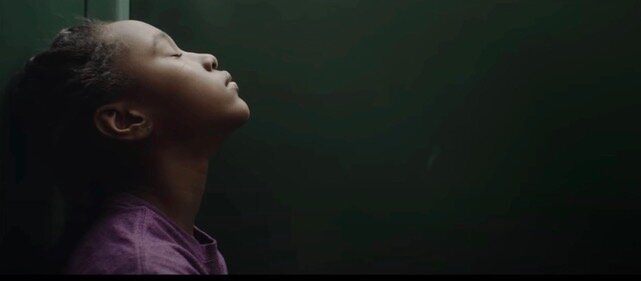
LYRICAL SYLLABUS
LYRICAL SYLLABUS FOR A THEORY AND METHOD COURSE
by Maia Kotrosits & S. Brent Plate
READINGS:
Annie Dillard, Pilgrim at Tinker Creek
A lesson in observation, seeing close-up without judgement, through a writing that prickles, buzzes, and appeases.
Emily Dickinson, “The World is not Conclusion” and T.S. Eliot, Four Quartets
Two works of poetry that mix emotion and intellect, experiences of the body with explorations of philosophical speculation—with strikingly different conclusions.
James Baldwin, “Down at the Cross”
Creative nonfiction at its most profound, using personal memoir to explore broader religio-cultural currents, leaving readers to grapple with the intertwining of racism and religion that are as relevant today as in the 1960s.
James Agee and Walker Evans, Let us Now Praise Famous Men
Words and images, both plotted as primary evidence, while self-consciously pointing to the place of the observer in the lives of the observed.
Daniel Gold, sections from Aesthetics and Analysis in Writing on Religion
For those who absolutely must have some primary, scholarly take on it all, Gold’s book is still one of the only to analyze writing itself through a history of the study of religion.
Selections from Rumi, Mirabai, St Teresa of Avila
One can’t go wrong with selections from these devotional writers. They allow us to think about the place of metaphor in writing about experience.
Ashon T. Crawley, The Lonely Letters
A recent example by a scholar of how lyricism, rhythm, and style are utilized in approaching the subject matter of sexuality, sociality, and blackpentecostal church music.
David Foster Wallace, “Consider the Lobster”
Food and religion: More lessons in observation, in seeing an event and people cooly and self-consciously, while creating a vivid story for the reader.
Mark Doty, The Art of Description
From a lauded poet who also championed poetry, Doty lets readers in to the secrets of poetic observation and description.
Rafael Campo, What the Body Told
Body and religion: a gay Cuban-American poet and physician writes on illness, desire, healing, and the body’s strangeness in its relationship to the world.
Liz Lerman, Hiking the Horizontal: Field Notes from a Choreographer
On alternate research methods, living curiously, and breaking down hierarchies of knowledge. What kinds of inquiry and knowledge-making do we trust – or find suspicious – and why?
VIEWINGS:
A Time for Burning (dir. Bill Jersey, 1966)
Oscar-winning documentary on race relations and the place of religion in the heart of the USA. Achieved with a cinema verite style, the film prompts reflection on “literal” representation and the place of the filmmaker in telling a story.
Essene (dir. Frederick Wiseman, 1972)
Documentary about a Michigan Benedictine monastery, the film plunges viewers into monastic ways of living; straightforward while bringing viewers into an experience they might not otherwise have.
Daughters of the Dust (dir. Julie Dash, 1991)
A sweeping, poetic re-creation of a Gullah community, it is both intimate and distancing as the Gullah language is left without subtitles. It’s a story of assimilation, modernization, and the Great Migration, a history lesson and a lesson in how to tell visual stories.
Baraka (dir. Ron Fricke, 1991)
An ambitious, global, wordless view of religious life in a history of the world, the story is constructed in music and image. Burning Iraqi oil fields contrast with funeral pyres on the Ganges, the destruction of the Amazonian rain forest with New York’s Park Avenue.
The Fits (dir. Anna Marie Holmer, 2015)
Religion and social life: an 11-year old girl who trains in boxing with her brother at a community center suddenly finds herself fascinated by and enamored with a girls’ dance team across the hall. She joins the team just as some of the girls begin falling ill with inexplicable seizures that themselves resemble a form of dance.
Cecilia Vicuña’s Quipus
Chilean artist and activist Vicuña’s quipus are a revival and interpretation of an Incan practice of knotting threads or cords for communication or memory-keeping. This practice was banned during Spanish colonization.
ASSIGNMENT IDEA:
“Representing Religion” Project
For this assignment, you will choose any medium (other than academic language/essay) to represent what might be “religious” about an experience, object, practice, or social phenomenon that is not typically seen as religious. That is, in representing this experience, object, practice, or social phenomenon, you will be observing and highlighting the dimensions of it that touch up against what we normally construe as religion. This should be done with minimal or no recourse to particular (overdetermined) religious symbols (crosses, e.g.), and in crafting this assignment consider the following values: gritty detail, evocativeness, playfulness, indirection.


